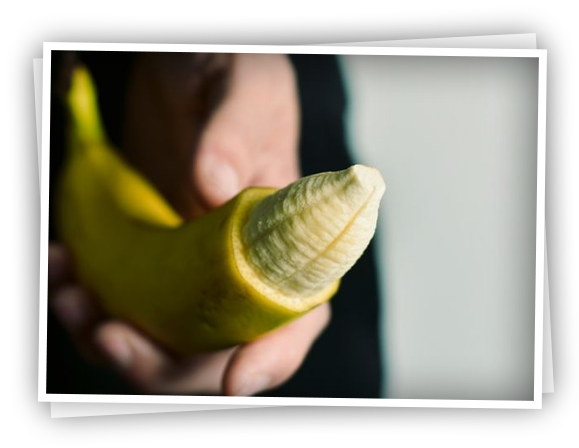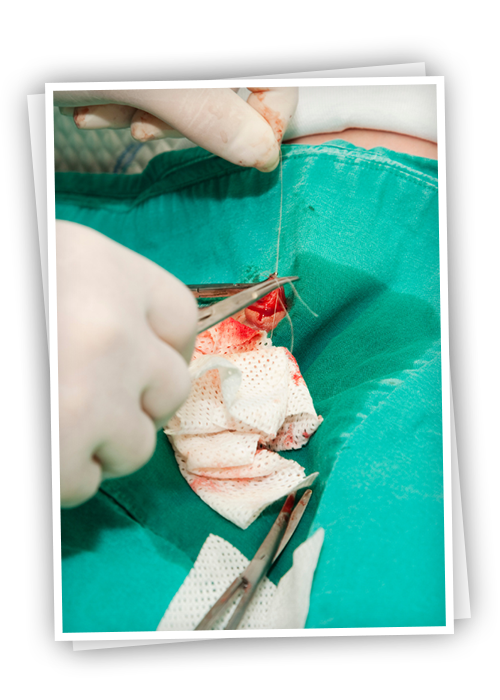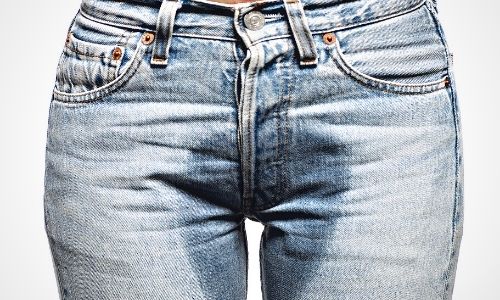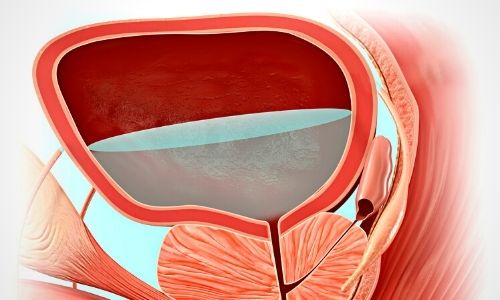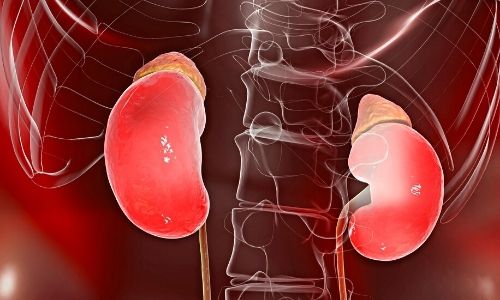Benefits of Circumcision
Circumcision is protective against urinary tract infections and sexually transmitted diseases. Since the virus called HPV is seen less frequently in circumcised men, circumcision protects men from penile cancer caused by HPV, and the spouses of these men from cervical cancer. It has also been shown that HIV infection, ie AIDS, is less common in circumcised men.
Circumcision is a method that has been used since primitive times due to the benefits it provides in terms of health, and in today's modern world, the circumcision procedure performed in hospitals is applied in many countries. The main benefits of circumcision are:
- It is easier to clean the circumcised penis, thus preventing the development of fungus and infection due to the accumulation of dirt and filth in the penis. In uncircumcised penises, the part under the foreskin should also be cleaned regularly.
- It has been proven that the rate of urinary tract infection in circumcised children is reduced up to 10 times. Such infections, which develop at an early age in children, may progress and cause kidney problems. Therefore, circumcision may be preferred as a precaution.
- Uncircumcised people tend to get more infections during sexual intercourse. The incidence of sexual diseases such as HIV and gonorrhea in circumcised men is much lower than in uncircumcised men.
- Circumcision also prevents various penile problems. There is a possibility of problems such as skin pulling on the uncircumcised penis. In addition, problems such as inflammation of the foreskin may occur. With circumcision, the risk of problem formation is eliminated since this skin is removed.
- Circumcision is known to reduce the risk of penile cancer. This significantly reduces the risk of cervical cancer in the partner during sexual intercourse.
There are many advantages of circumcision to newborns. These advantages are:
- It can be applied with local anesthesia.
- It is easy to care for and the subsequent treatment process.
- There is no risk of psychological effects.
- It is effective in preventing urinary tract infections.
How is circumcision done?
Circumcision is the process of cutting and removing the foreskin covering the glans penis. This process can be applied in different ways. However, it is often performed surgically to minimize side effects.
In the surgical method, unlike the classical method, the foreskin is surgically cut and the ends are stitched together. This process takes place with aesthetic and dissolving stitches, so it does not require stitches or dressings afterwards. In the surgical circumcision procedure, the foreskin is removed exactly at the required level, which helps the penis to develop in a healthier and ideal way in the future.
The method called laser or cautery is the process of cutting the circumcision course with an electric tool. However, this operation is extremely risky. Since the risk of bleeding is low, it can be applied by experienced physicians with a tool called a soldering iron, especially in patients with blood disease.
Another method, called the bell method, is a common procedure for newborn babies. In this procedure, the foreskin is compressed between two metal or plastic plates and the outer part is cut off. Bleeding does not occur in this method. This method should be done by experienced specialists.
Healing Process After Circumcision
The recovery period of the penis after circumcision takes about 3 to 7 days. At the end of this period, it is possible to return to daily habits. After most circumcision procedures, no additional conditions such as bandages are required, in some cases, even a small bandage can be used and opened after a day. Medication can be used for pain in the first 2 days after circumcision. It is normal to have a slight swelling at the tip of the penis. This situation is expected to disappear within a maximum of 2 weeks.
In order to avoid complications after circumcision and to ensure rapid recovery, circumcision should be performed by reliable specialists in a meticulous and hygienic hospital environment. Otherwise, circumcision may not be performed correctly and serious damage may occur to the child. Considering the psychological factors, it has been determined that the best circumcision practice is done under the control of a doctor.
